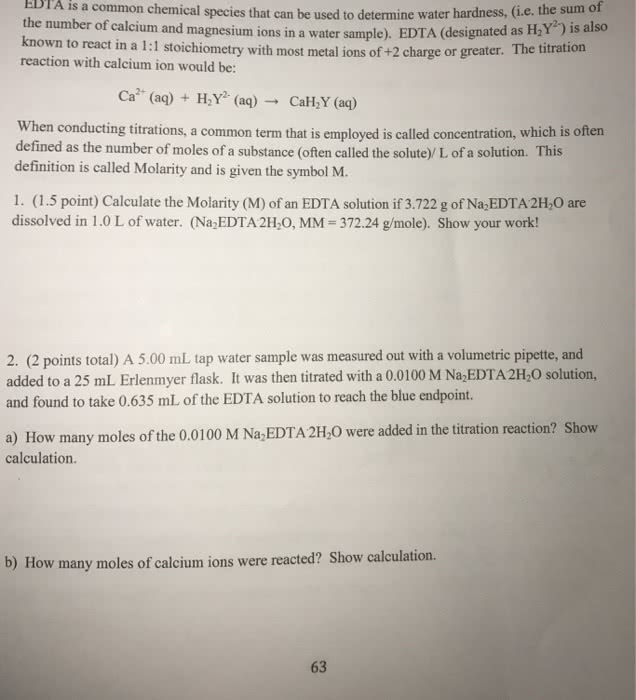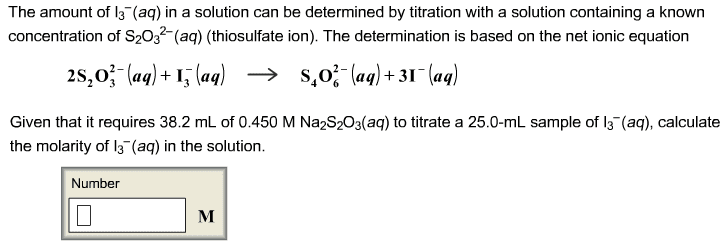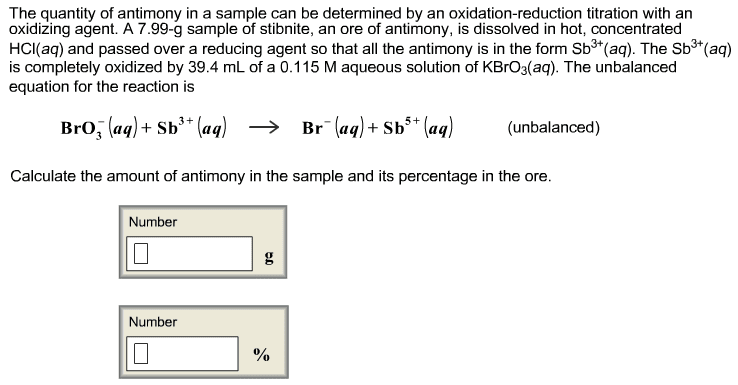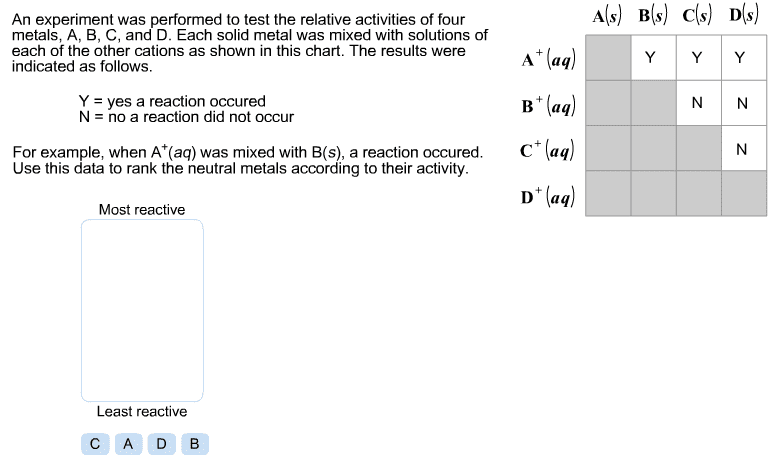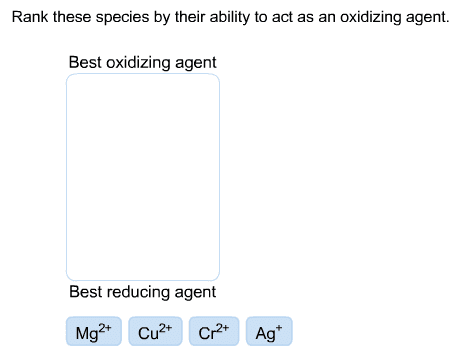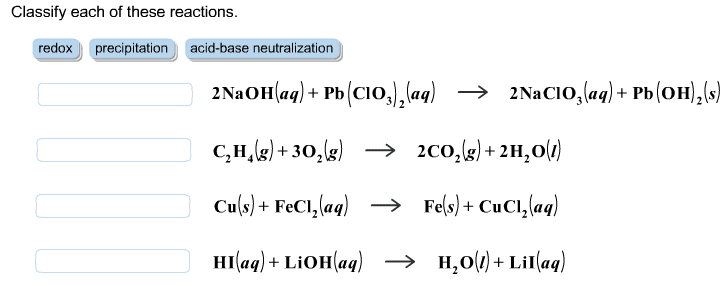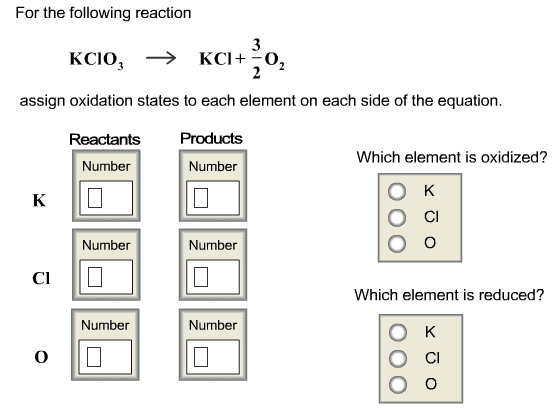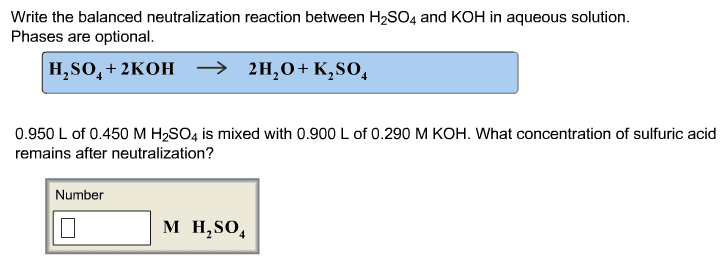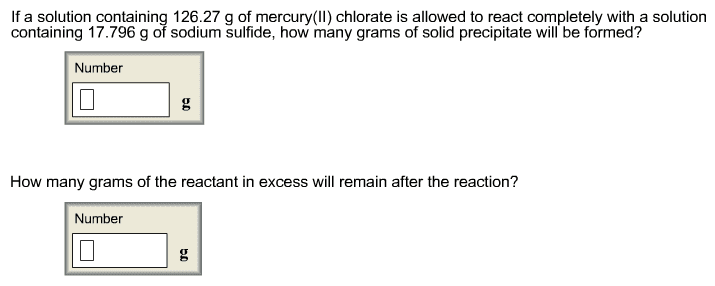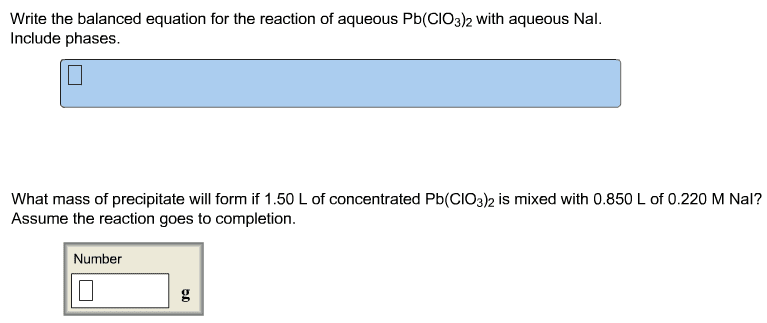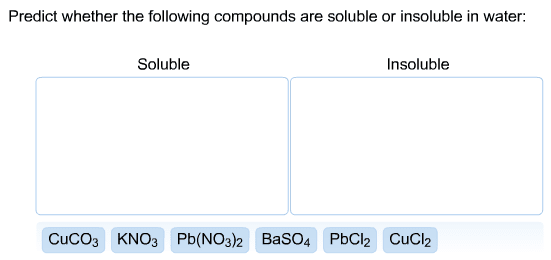CHEM 24112 Chapter Notes - Chapter 15: Copper(Ii) Sulfate, Sodium Bicarbonate, Sodium Oxalate

Homework 15.5: Solution Stoichiometry and Neutralization
1. One way to determine the amount of chloride ion in a water sample is to titrate the sample with
standard AgNO3 solution to produce solid AgCl. Ag+(aq) + Cl-(aq) AgCl(s). If a 25.0 mL water sample
requires 27.2 mL of 0.104 M AgNO3 in such a titration, what is the concentration of Cl- in the sample?
2. Generally only the carbonates of the Group 1 elements and the ammonium ion are soluble in water;
most other carbonates are insoluble. How many milliliters of 0.125 M sodium carbonate solution
would be needed to precipitate the calcium ion from 37.2 mL of 0.105 M CaCl2 solution?
Na2CO3(aq) + CaCl2(aq) CaCO3(s) + 2NaCl(aq)
3. Many metal ions are precipitated from solution by the sulfide ion. As an example, consider treating
a solution of copper (II) sulfate with sodium sulfide solution: CuSO4(aq) + Na2S(aq) CuS(s) + Na2SO4(aq).
What volume of 0.105 M Na2S solution would be required to precipitate all of the copper (II) ion from
27.5 mL of 0.121 M CuSO4 solution?
4. Calcium oxalate, CaC2O4, is very insoluble in water. What mass of sodium oxalate, Na2C2O4, is
required to precipitate the calcium ion from 37.5 mL of 0.104 M CaCl2 solution?
5. Before strong acids can be disposed of, they are often neutralized to reduce their corrosiveness.
What volume of 0.251 M NaOH solution would be required to neutralize 135 mL of 0.211 M H2SO4
solution?
find more resources at oneclass.com
find more resources at oneclass.com
Document Summary
Homework 15. 5: solution stoichiometry and neutralization: one way to determine the amount of chloride ion in a water sample is to titrate the sample with standard agno3 solution to produce solid agcl. Na2co3(aq) + cacl2(aq) caco3(s) + 2nacl(aq: many metal ions are precipitated from solution by the sulfide ion. As an example, consider treating a solution of copper (ii) sulfate with sodium sulfide solution: cuso4(aq) + na2s(aq) cus(s) + na2so4(aq). What volume of 0. 105 m na2s solution would be required to precipitate all of the copper (ii) ion from. 27. 5 ml of 0. 121 m cuso4 solution: calcium oxalate, cac2o4, is very insoluble in water. What mass of sodium oxalate, na2c2o4, is required to precipitate the calcium ion from 37. 5 ml of 0. 104 m cacl2 solution: before strong acids can be disposed of, they are often neutralized to reduce their corrosiveness. Hcl(aq) + nahco3(s) nacl(aq) + h2o(l) + co2(g).



